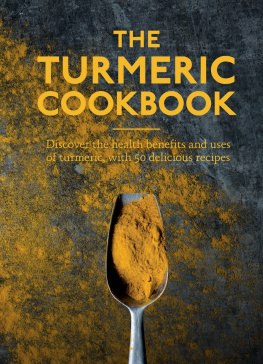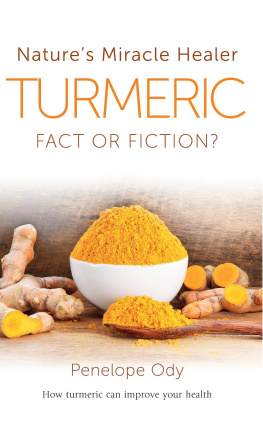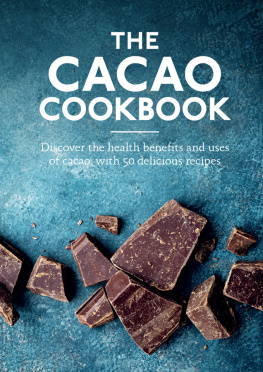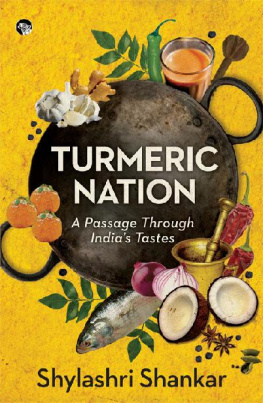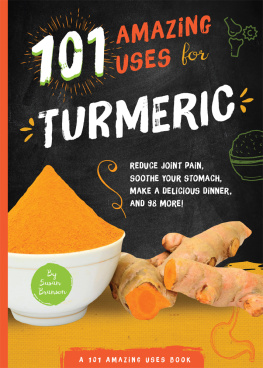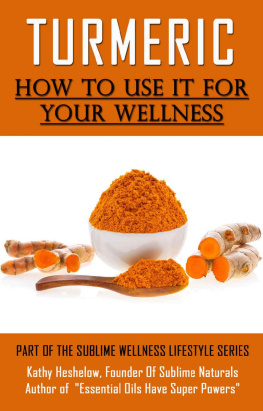Contents
Guide
An Hachette UK Companywww.hachette.co.ukFirst published in Great Britain in 2017 by Aster, a division ofOctopus Publishing Group Ltd, Carmelite House,50 Victoria Embankment, London EC4Y 0DZwww.octopusbooks.co.ukCopyright Octopus Publishing Group Ltd 2017All rights reserved. No part of this work may be reproduced or utilized in any form or by any means, electronic or mechanical, including photocopying, recording or by any information storage and retrieval system, without the prior written permission of the publisher.eISBN 978-1-91202-322-6Consultant Publisher Kate AdamsRecipe Developer and Food Stylist Nicole Pisani, Food for HappinessAdditional Recipes Oliver PaganiCocktail Recipes Gosia ZielonySenior Designer Jaz BahraSenior Editor Leanne BryanCopy Editor Clare SayerPhotographer Issy CrokerProps Stylist Emily EzekielProduction Manager Caroline Albertipicture credit:
HOW TO USE THIS EBOOK
Select one of the chapters from the and you will be taken to a list of all the recipes covered in that chapter.
Alternatively, jump to the to browse recipes by ingredient.
Look out for linked text (which is in blue) throughout the ebook that you can select to help you navigate between related recipes.

CONTENTS
INTRODUCTION
Turmeric, the spice best known as an ingredient in curries, is one of natures most powerful ancient healers and has been used medicinally for over 4,500 years. It comes from the root of Curcuma longa, a green plant in the ginger family and is grown throughout the tropics, especially in India and Indonesia. On the island of Bali, turmeric is at the heart of their traditional medicine and Jamu tonics are widely available to cure your ailments and boost your well-being.Turmeric appears in some of the earliest known records of plant medicines. It is mentioned in Egyptian texts and is thought to have been cultivated in the Gardens of Babylon, one of the Seven Wonders of the Ancient World. Inhaling the fumes from burning turmeric was said to alleviate congestion; turmeric paste or juice was used to heal wounds and bruises; and the spice was also used for digestive issues.Modern medicine is now beginning to confirm many of the reported health benefits of turmeric and especially its anti-cancer properties. Much of the research is focused on one of the main components of turmeric, a substance called curcumin. However, attention is now also being directed at studying the effects of the whole root and the pages that follow will explore all the potential health benefits of this wonder root.COOKING WITH TURMERIC
So, we are all starting to hear more about turmeric and how it might be a good idea to include plenty of it in our diets. But beyond curry, how do we do that?As it happens, alongside the increased attention of the medical community, chefs and healthy foodies have been trying out turmeric in an amazing array of different types of dishes. Traditional golden milks and tonics are growing in popularity; turmeric teas and turmeric honey are now available; and supermarkets are beginning to sell the fresh root alongside ginger, as well as in its ground or powdered form.Turmeric has a very individual taste that is difficult to describe, except to say it is quite pungent and bitter. However, when combined with other flavours its culinary use widens considerably; for example it goes well with honey and so can be used in desserts, on top of porridge or in granola. You can use it in baking, roasting vegetables, in salad dressings or even in ice cream.And as turmeric has anti-ageing properties, it can also be used as a natural beauty ingredient, so weve included some different face masks to try and a homemade turmeric soap.Each spice has a special day to it. For turmeric it is Sunday, when light drips fat and butter-coloured into the bins to be soaked up glowing, when you pray to the nine planets for love and luck.Chitra Banerjee Divakaruni, The Mistress of Spices

